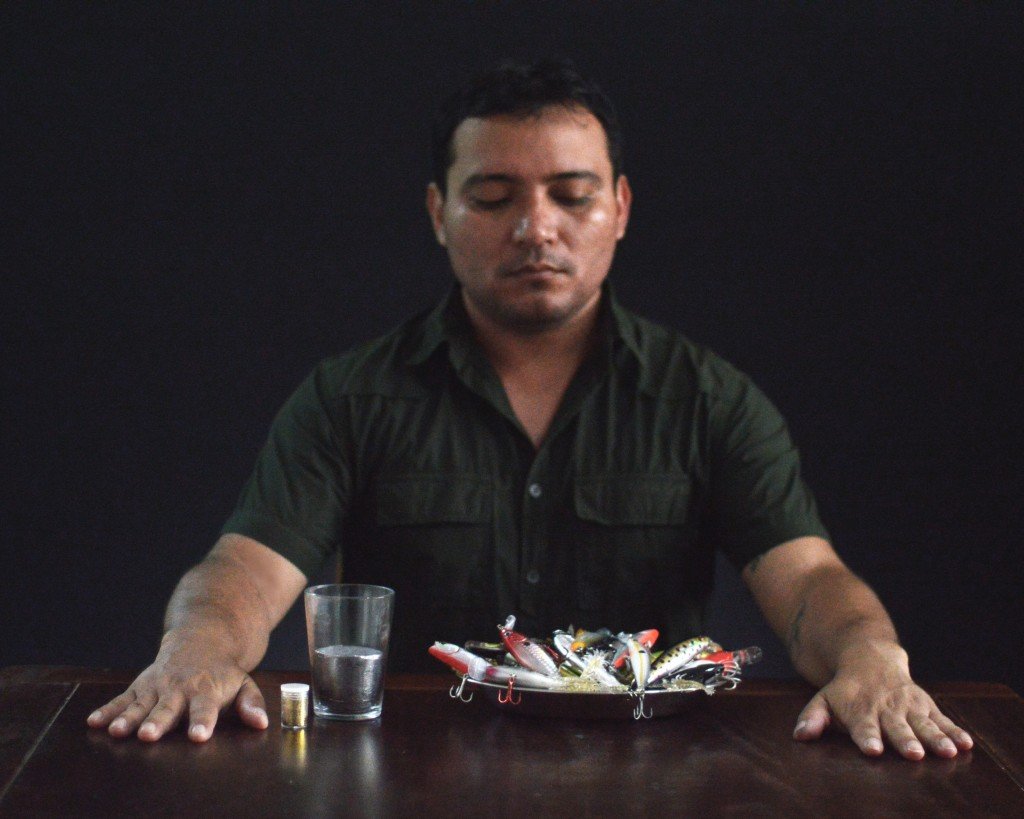BP or not BP?, est. 2012
Trojan Horse Demonstration at The British Museum, London, 2020
BP or not BP? is a group of actor-activists who protest the British multinational oil and gas company BP. On the morning of February 7th, 2020, the activists snuck a 13-foot tall wooden horse, emblazoned with the logo of BP and accompanied by Greek warriors, into the courtyard entrance of the British Museum. The horse marked the beginning of a 3-day long campaign against BP’s sponsorship of the arts. With smoke flowing from the horse’s nostrils, glowing red eyes, and construction from reclaimed timber and discarded rope, the huge sculpture was a direct response to the museum’s BP-sponsored ‘Troy’ exhibition. BP or not BP? hopes that its demonstration puts an end to the oil company’s monetary involvement with the arts. As the group’s website states, “Every one of these victories chips away at the power of the fossil fuel industry, reducing its public and political influence and strengthening the hand of everyone around the world who’s pushing for cleaner alternatives and a safer climate” (BP or not BP?, 2020). Label by Isabel Williams




